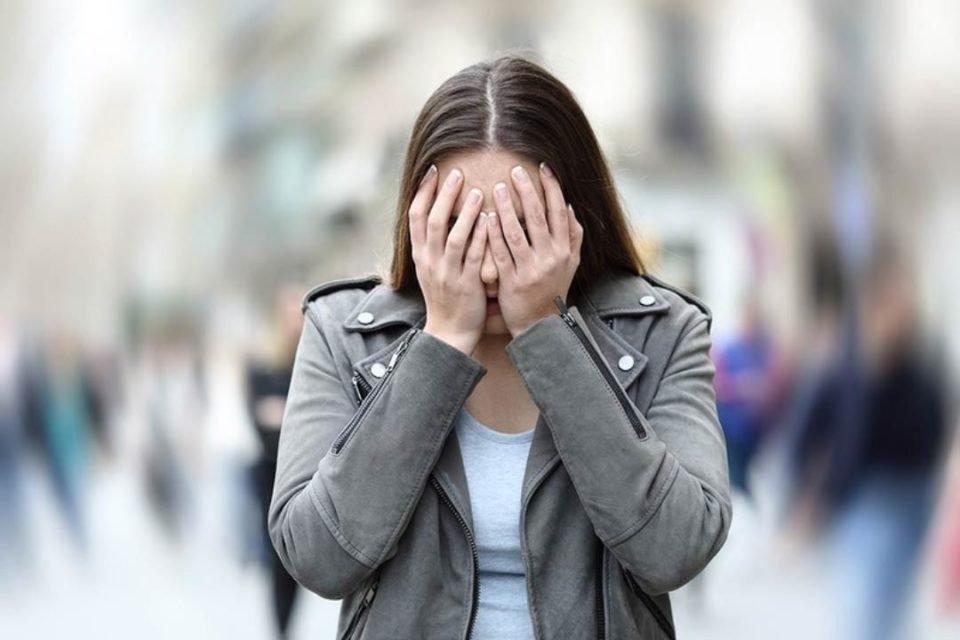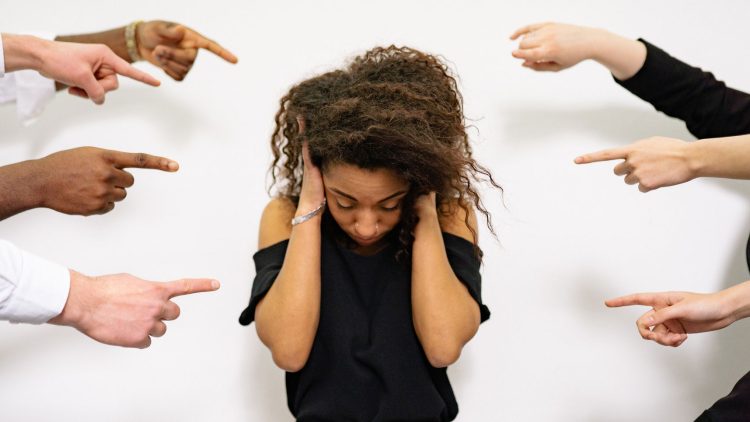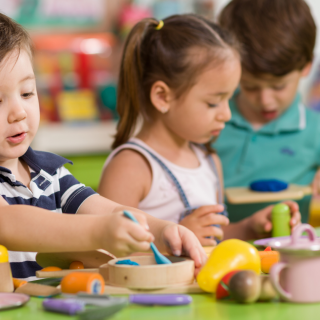A Comprehensive Exploration of Social Anxiety in Students
Social anxiety, a nuanced facet of the human experience, casts a shadow over the social landscape of students. It encapsulates the apprehension and discomfort experienced in social situations, exerting its influence on various aspects of a student’s life. From peer interactions to group activities and social events, the specter of social anxiety can significantly impact a student’s ability to navigate the intricate tapestry of social relationships. In this exhaustive exploration, we delve into the complexities of social anxiety, unraveling its origins, manifestations, impact on academic and personal development, and strategies for fostering a supportive environment.

Understanding Social Anxiety:
- Origins and Triggers:
- Early Experiences: Social anxiety can trace its roots to early social experiences, including childhood interactions, social rejections, or instances of negative social evaluation.
- Genetic Predisposition: There is evidence to suggest a genetic component to social anxiety, with individuals having a family history of anxiety disorders being more susceptible.
- Cognitive Appraisals:
- Negative Self-perception: Socially anxious individuals often harbor negative self-perceptions, fearing judgment or scrutiny from others. This negative self-view can significantly contribute to social anxiety.
- Cognitive Distortions: Distorted thinking patterns, such as overestimating the likelihood of negative outcomes or catastrophizing social situations, play a role in the maintenance of social anxiety.
- Environmental Factors:
- Social Comparisons: Constantly comparing oneself to others, particularly in a negative light, can exacerbate social anxiety. Social media and societal expectations contribute to these harmful comparisons.
- Peer Dynamics: Negative peer interactions, bullying, or a lack of positive social experiences can contribute to the development and perpetuation of social anxiety.

Manifestations of Social Anxiety:
- Physical Manifestations:
- Increased Heart Rate: Socially anxious individuals may experience physiological symptoms, such as an elevated heart rate, sweating, or trembling, particularly in social situations.
- Muscle Tension: Tension in muscles, especially in the shoulders and neck, is a common physical manifestation of social anxiety.
- Behavioral Manifestations:
- Avoidance Behaviors: Socially anxious students may engage in avoidance behaviors, steering clear of social situations to minimize discomfort or fear of negative evaluation.
- Excessive Self-monitoring: Individuals with social anxiety often engage in excessive self-monitoring, constantly evaluating their own behavior and anticipating negative reactions from others.
- Emotional Manifestations:
- Intense Fear: A pervasive and intense fear of social situations, often driven by the anticipation of negative judgment or evaluation, characterizes the emotional experience of social anxiety.
- Low Self-esteem: Socially anxious individuals may struggle with low self-esteem, viewing themselves unfavorably and doubting their social competence.
- Cognitive Manifestations:
- Rumination: Socially anxious individuals may engage in rumination, replaying social interactions in their minds and fixating on perceived mistakes or negative outcomes.
- Selective Attention: Attentional biases, such as selectively focusing on perceived negative social cues, contribute to heightened anxiety in social situations.
Impact on Academic and Personal Development:
- Academic Consequences:
- Classroom Participation: Social anxiety can impede classroom participation, hindering a student’s ability to engage in discussions, ask questions, or collaborate on group projects.
- Performance Anxiety: Examinations, presentations, and public speaking can be particularly challenging for socially anxious students, impacting academic performance.
- Interpersonal Relationships:
- Difficulty Forming Connections: Socially anxious individuals may struggle to form and maintain interpersonal relationships, limiting their social support network.
- Impact on Friendships: The fear of judgment and negative evaluation can lead to difficulties in making and sustaining friendships, contributing to feelings of isolation.
- Personal Well-being:
- Emotional Distress: Social anxiety often results in emotional distress, including feelings of sadness, frustration, or disappointment related to social interactions.
- Impact on Self-development: Social anxiety can hinder personal growth and self-development, limiting opportunities for new experiences and exposure to diverse perspectives.

Strategies for Fostering a Supportive Environment:
- Psychoeducation:
- Understanding Social Anxiety: Educating students, teachers, and parents about social anxiety helps create awareness and foster a supportive environment.
- Normalizing Experiences: Emphasizing that feelings of anxiety in social situations are normal and validating the experiences of socially anxious individuals reduces stigma.
- Social Skills Training:
- Communication Skills Workshops: Providing workshops on effective communication, active listening, and conflict resolution equips students with the tools to navigate social interactions.
- Role-playing Exercises: Engaging students in role-playing exercises helps build confidence and social skills in a controlled and supportive environment.
- Cognitive-Behavioral Interventions:
- Cognitive Restructuring: Cognitive-behavioral therapy (CBT) interventions, including cognitive restructuring, help individuals challenge and change negative thought patterns.
- Exposure Therapy: Gradual exposure to feared social situations, under the guidance of a therapist, is an effective approach for desensitizing individuals to anxiety triggers.
- Peer Support Programs:
- Peer Mentoring: Establishing peer support programs where students support and mentor each other creates a sense of community and understanding.
- Inclusive Group Activities: Planning and encouraging inclusive group activities can help socially anxious students feel more comfortable in social settings.
- Institutional Support:
- Accessibility Services: Educational institutions should provide accessibility services to support students with social anxiety, including flexible participation options and exam accommodations.
- Counseling Services: Accessible counseling services play a crucial role in providing ongoing support and intervention for students dealing with social anxiety.
Conclusion:
Social anxiety, though often silent, echoes loudly in the lives of students, impacting their social, academic, and personal development. Recognizing the multifaceted nature of social anxiety, educators, parents, and peers can play pivotal roles in fostering a supportive environment that encourages understanding, empathy, and growth. By implementing strategies such as psychoeducation, social skills training, cognitive-behavioral interventions, peer support programs, and institutional support, we can collectively dismantle the barriers posed by social anxiety. In doing so, we empower students not only to navigate the intricacies of social interactions but also to flourish as individuals on their journey of self-discovery and personal development.








